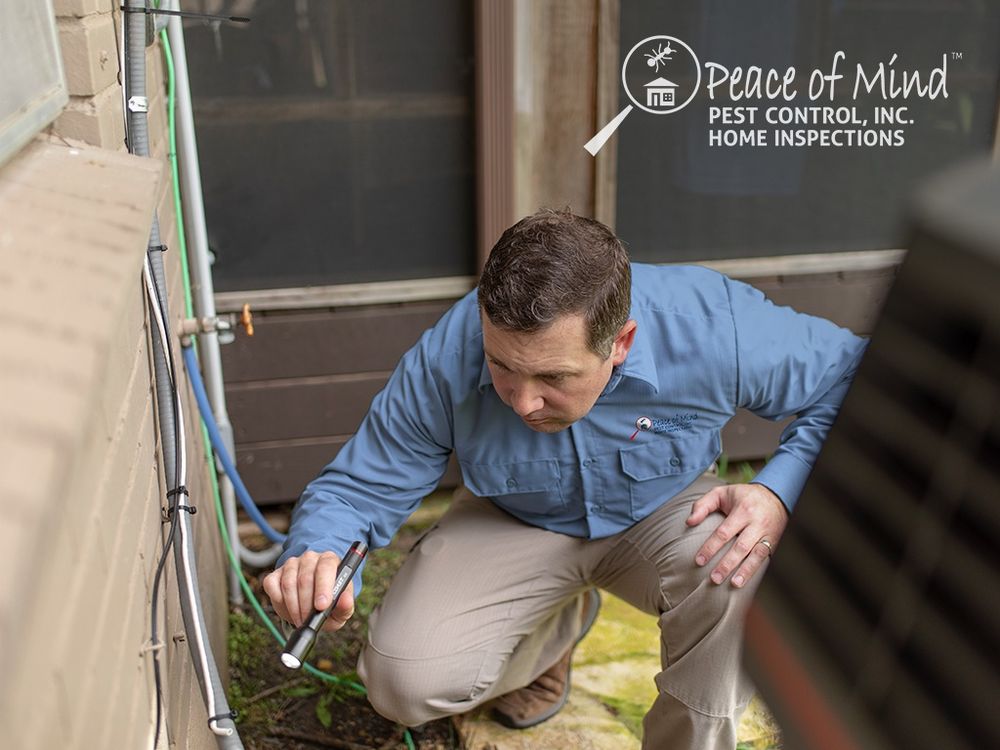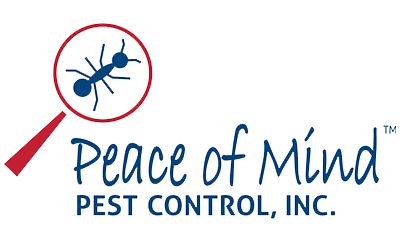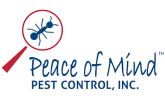For residents of Stanislaus and San Joaquin County, where climates range from coastal humidity to inland heat, pests serve as unwitting inspectors, exposing weaknesses in your property’s structure, hygiene, and maintenance.
We’ve decoded these silent signals to help transform living spaces into resilient, pest-free environments. Here’s how common infestations reflect underlying issues and how targeted interventions can restore your home’s integrity.

1. Moisture Build-up
Damp environments act as breeding grounds for pests like termites, cockroaches, and mold mites. For instance, termites thrive in damp wood, while cockroaches gravitate toward leaky pipes or poorly ventilated bathrooms.
By resolving these issues—through pipe repairs, improved ventilation, or dehumidification—homeowners can eliminate the conditions that sustain pests.
2. Structural Vulnerabilities
Cracks in foundations, gaps around windows, and unsealed vents are more than cosmetic flaws—they are highways for pests. Rodents, ants, and spiders exploit these openings, turning minor structural weaknesses into major infestations. In older homes, which are common in Central Valley communities, aging materials often exacerbate these risks.
Reinforcing weather stripping or repairing damaged screens can block pests like clover mites and house mice. By fortifying your home’s exterior, we transform it from a vulnerable target into an impermeable fortress.
3. Unsanitary Habits
Pests are opportunistic scavengers. Crumbs on countertops, unsealed pantry items, or overflowing trash bins signal a ready food supply. Ants, rodents, and flies capitalize on these lapses, turning kitchens and dining areas into feeding grounds.
Recommendations include storing food in airtight containers, promptly cleaning spills, and scheduling regular trash removal. For businesses such as restaurants or grocery stores. We extend these strategies to commercial settings, where pest-related reputational risks are particularly high.
4. Neglected Landscaping and Outdoor Conditions
Overgrown shrubs, decaying mulch, and stagnant water in gutters create pest-friendly habitats. Mosquitoes breed in standing water, while rodents nest in dense foliage. These outdoor conditions directly influence indoor infestations.
We advise trimming vegetation away from structures, clearing debris from gutters, and installing gravel barriers to deter ground-dwelling pests. For termite-prone areas, soil treatments around foundations disrupt colonies before they reach your home. This holistic approach addresses the symptom (infestation) and the source (environmental attractants).
5. Escalating Costs and Health Hazards
Postponing repairs or ignoring early signs of pests often leads to severe consequences. A minor ant trail can become a colony and damage electrical wiring, while undetected termites compromise load-bearing beams. Worse, pests like cockroaches and rodents pose health risks, contaminating surfaces with pathogens.
Our preventative maintenance programs are designed to intercept these risks. Scheduled inspections and treatments—such as eco-friendly barrier reapplications or termite monitoring—keep infestations at bay. For
landlords and real estate professionals, our pre-purchase pest inspections mitigate liability and protect property values.
Science-Backed Solutions for Lasting Pest Protection
Understanding what pests reveal about your living space is the first step toward reclaiming control. By addressing moisture, structural flaws, and sanitation habits, homeowners can disrupt the cycle of infestation.
Here at Peace of Mind Pest Control, we combine localized knowledge with innovative methods. Our process begins with a complimentary, detailed inspection to identify vulnerabilities, followed by IPM strategies that prioritize safety and sustainability.





